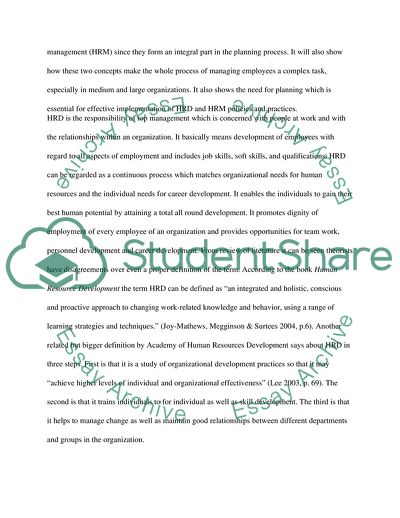Cite this document
(Human Resource Planning and Strategic Organizational Planning Coursework, n.d.)
Human Resource Planning and Strategic Organizational Planning Coursework. https://studentshare.org/human-resources/1731450-what-is-human-resource-planning-explain-how-this-process-may-be-aligned-to-or-integrated-with-strategic-planning-in-an-organization
Human Resource Planning and Strategic Organizational Planning Coursework. https://studentshare.org/human-resources/1731450-what-is-human-resource-planning-explain-how-this-process-may-be-aligned-to-or-integrated-with-strategic-planning-in-an-organization
(Human Resource Planning and Strategic Organizational Planning Coursework)
Human Resource Planning and Strategic Organizational Planning Coursework. https://studentshare.org/human-resources/1731450-what-is-human-resource-planning-explain-how-this-process-may-be-aligned-to-or-integrated-with-strategic-planning-in-an-organization.
Human Resource Planning and Strategic Organizational Planning Coursework. https://studentshare.org/human-resources/1731450-what-is-human-resource-planning-explain-how-this-process-may-be-aligned-to-or-integrated-with-strategic-planning-in-an-organization.
“Human Resource Planning and Strategic Organizational Planning Coursework”. https://studentshare.org/human-resources/1731450-what-is-human-resource-planning-explain-how-this-process-may-be-aligned-to-or-integrated-with-strategic-planning-in-an-organization.


